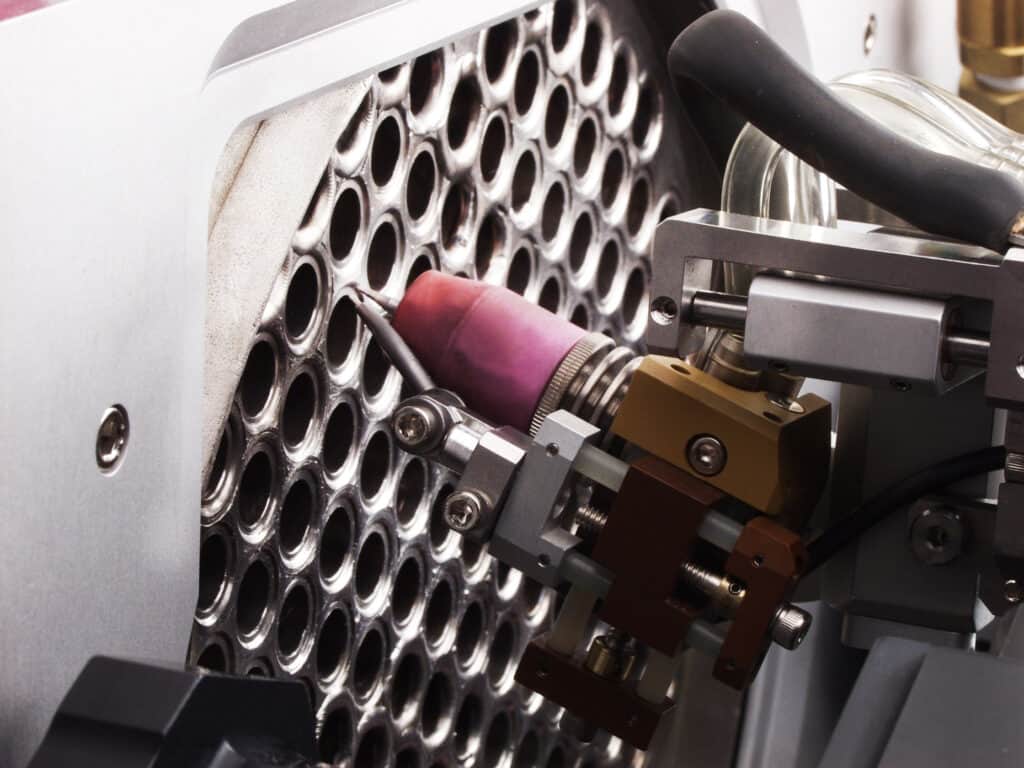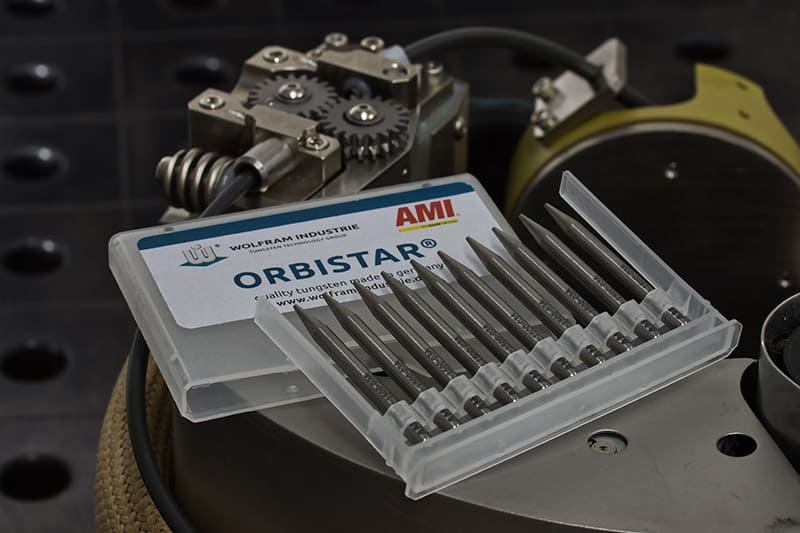
One of the basic, yet critical operations that permeate most industries is thermal manipulation. The ability to generate, convert, and distribute heat as a gas or through a fluid is essential for activities ranging from food processing to power generation. Heat exchangers are the most common type of pressure vessel and, in many cases, are used in conjunction with other pressure vessel types that also must be able to contain high temperature and/or pressure gases or fluids.
When designing heat exchangers, the three most important considerations are:
1. Flow configuration
2. Construction method
3. Heat transfer mechanism.
For assembly, these three considerations are interrelated as they all rely upon the method and quality of welding employed. Let’s take a look at what challenges exist for assembling these important metal structures, whether used in industrial production facilities or for energy generation and distribution. Then, we will be able to outline the best guidelines for how to weld a heat exchanger.
Challenges With Welding Heat Exchangers
Obviously, the greatest concern for welding heat exchangers is ensuring the transfer of heat, whether by gas or fluid, is contained without deformation of the conduit or tubes. This is true for heat movement to and from the heat exchanger and within the vessel, as discussed below.
External Connection Challenges
Often heat exchangers are located within isolated areas where there is little or no ventilation or airflow. Therefore, welding fume safety is a major challenge due to the myriad of toxic gases that may be produced depending upon tube base materials used. Another common issue that can pose a significant problem is the lack of space. Instead of large diameter pipes that are used for transporting fluids, such as water, heat exchanger tubes are most often small diameter and are constructed within a large array, making access to individual tubes difficult.
Internal Connection Challenges
Tubes within heat exchangers may also be arranged in arrays that may consist of a single tube or multiple tubes; however, there are several flow configurations available. These include the following:
Heat Exchanger Flow Configurations:
- Parallel flow – heat flow in one direction
- Low efficiency
- Better temperature uniformity
- Counter flow – heat flow in opposite directions
- High efficiency
- Wider temperature change
- Crossflow – heat flows orthogonally
- Medium efficiency
- Medium temperature change
- Hybrid flow – multiple flow directions
- Various efficiency
- Various temperature change
Tube-to-Tubesheet Challenges
The most common type of heat exchanger is the shell and tube, which may incorporate either of the flow configurations discussed above. Additionally, these heat exchangers may utilize tubesheets within the vessel. Tubesheets are useful for providing stability for the tubes and may present various thicknesses, geometries, and materials. These attributes, along with minimal spacing and restricted work areas around individual tubes, pose challenges for tube-to-tubesheet welding. Creating good consistent weld joints for heat exchanger tube-to-tubesheets is a formidable task for manual welding; however, as discussed in the next section, this level of welding quality can be achieved by following specific guidelines.
How to Best Weld Heat Exchanger Tube-to-Tubesheet Joints
As described above, there are many challenges to welding heat exchangers and particularly for tube-to-tubesheets. When devising a welding strategy it is helpful to know and understand the type of heat exchanger, including flow configuration, location, and amount of mechanical stress that the tubing will need to withstand. Additionally, the work environment is an important factor that should influence your decision-making when selecting the best process and equipment to utilize for your project.
The proper utilization of this knowledge, along with considerations such as weld quality, scheduling requirements, and cost-effectiveness should guide you to the best plan for welding reliable tube-to-tubesheet joints; such as embodied in the guidelines listed below.
Guidelines for Welding Heat Exchanger Tube-to-Tubesheet Joints
- Make safety the first priority
Welding heat exchangers can require working in tight spaces and unventilated environments; therefore, welding safety must be a primary requirement.
- Choose the best tube welding process
The best welding process for any job, including tube-to-tubesheet joints, effectively combines welder safety with effective quality control practices to produce consistent high-quality welds.
- Choose the best tube welding machine
For tubesheets with large numbers of welds required, manual welding is most likely not the best option. Instead, an automated orbital welding machine provides the necessary consistency.
- Choose the best welding materials
In conjunction with the best equipment, the selection of materials that meet job specification requirements is critical. Choosing the wrong electrode, for example, can result in lower quality welds, costly repairs, or unusable material.
- Ensure your equipment is well-maintained
Employing good practices is only effective when your welding equipment is calibrated properly and regularly maintained. Ensuring peak performance necessitates that you create and implement a good preventive maintenance program or schedule.
Following the guidelines listed above should lead you to the best choices for welding your heat exchanger(s). And for the most consistent, high quality tube-to-tubesheet joint welds, TIG welding with automated orbital equipment is the best choice.
Arc Machines, Inc. is an industry leader in supplying advanced and high-quality automated orbital welding equipment and service. This includes a number of weld heads and remote control pendants that ensure consistency and maximize safety. For inquiries regarding these and other products, contact sales@arcmachines.com. For service inquiries, contact service@arcmachines.com. Arc Machines welcomes the opportunity to discuss your specific needs. Contact us to arrange a meeting.





